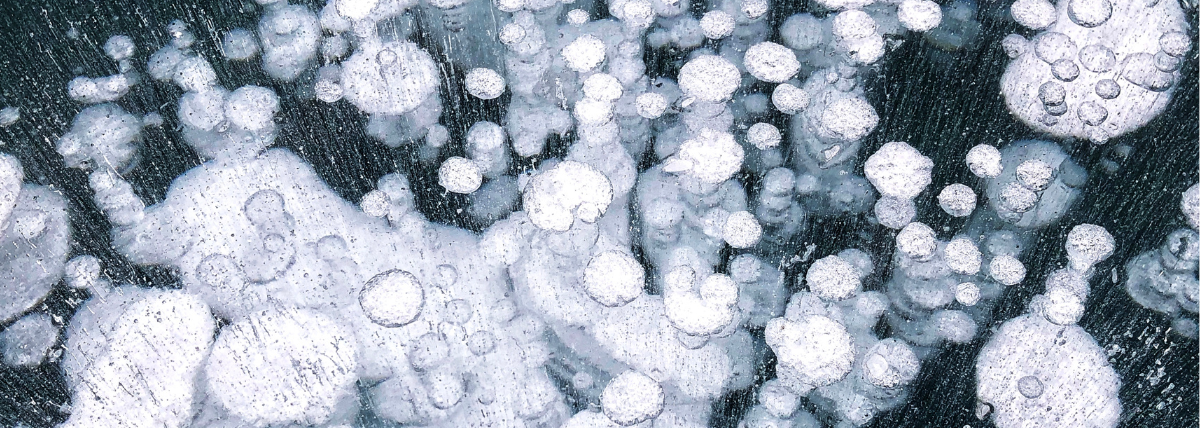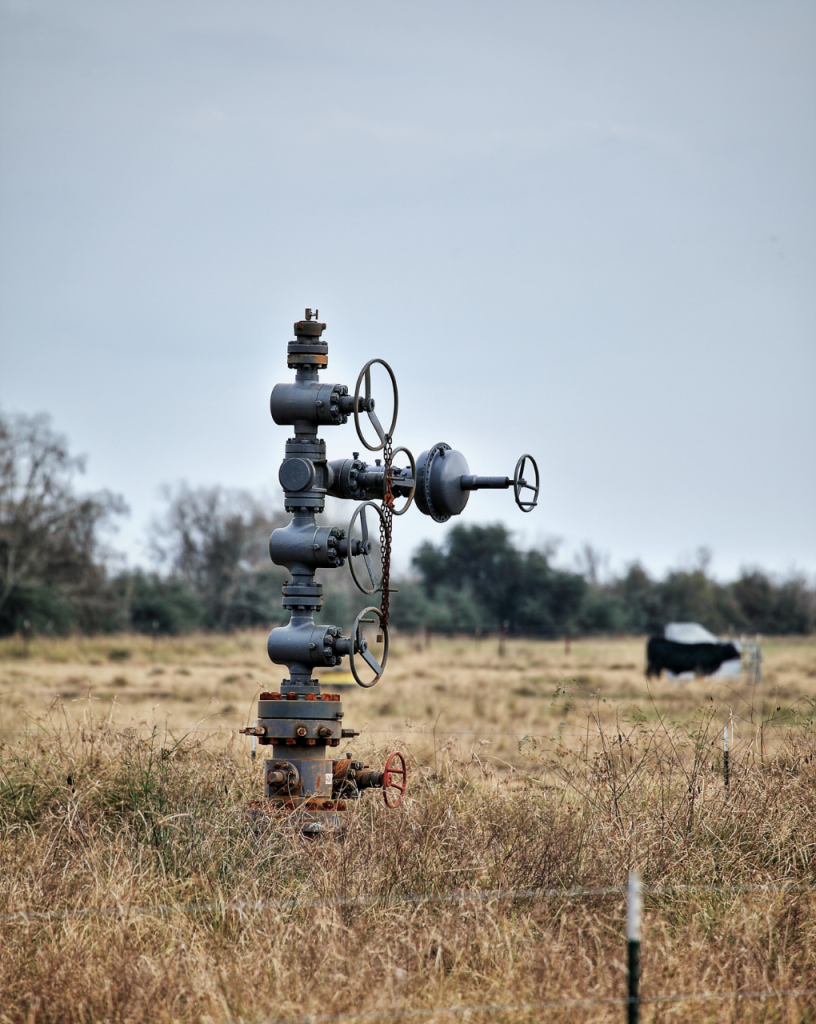- Home
- Health Topics
- Health Hazards
- What is Methane Gas (CH4)?
What is Methane Gas (CH4)?

Methane gas is a colourless and odourless gas. It is composed of carbon and hydrogen and at high levels, can be flammable.
About 30% of methane emissions are produced by wetlands, including ponds, lakes and rivers. Another 20% is produced by agriculture, due to a combination of livestock, waste management and rice cultivation. Activities related to oil, gas, and coal extraction release an additional 30%.
Methane is present in the atmosphere; therefore the general public may be exposed to very low levels when breathing in air. Low level exposure to methane can also occur from the use of natural gas products or gas appliances in the home.
Methane is present in the atmosphere, is non-toxic and creates no hazard when inhaled in limited quantities. However, if large quantities of natural gas or methane replace the air, lack of oxygen may result in:
- mood changes
- slurred speech
- vision problems
- memory loss
- nausea
- vomiting
- facial flushing
In severe cases, changes in breathing and heart rate, balance problems, numbness, and unconsciousness may occur.
- Methane leaks contribute to ground-level ozone formation, harming human health and vegetation.
- Methane can contaminate drinking water supplies and affect aquatic ecosystems.
- Methane infiltrates soil, disrupting plant growth and harming soil microorganisms.
- Wildlife is affected by methane through water and soil contamination, disrupting ecosystems and food chains.
In its natural state methane is odourless and colourless which makes it impossible for a person to detect on their own. To make gas leaks easier to detect, gas companies add chemicals called odorants to create a natural gas smell similar to sulphur or rotten eggs. The stronger this smell, the more likely it is that you have a gas leak.
If you notice a rotten egg scent and suspect methane gas:
- Near your home, call the Spills Action Centre of the Ministry of Environment at 416.325.3000 or 1-800-268-6060 (toll-free)
- Inside your home, call your local fire department — In Norfolk County │ In Haldimand County
- The Abandoned Works Program is a program offered by the Ministry of Natural Resources, to help Ontarians properly plug wells on their property. Landowners with gas wells can contact the Ministry to determine if their well qualifies for the program. Please visit https://www.ontario.ca/page/abandoned-works-program for more information.
- The MAPSH (Monitoring Methane, Air pollutants, Soil quality and Human health) study aims to: assess health symptoms experienced by participants in relation to indoor air quality and the presence of abandoned oil and gas wells. This study involves air monitoring within homes that may be impacted by and abandoned gas or oil well. H2S monitoring specifically can be included. For more information about the study and/or becoming a participant. Contact the MAPSH study team at 647-601-4641 or send an e-mail to [email protected]
- If you smell H2S (rotten eggs)near your home and suspect a leaking gas well, contact The Spills Action Centre (SAC) of the Ministry of the Environment, Conservation and Parks at 416-325-3000 or (toll-free) 1-800-268-6060 or (TYY) 1-855-889-5775
CAUTION: Confined SpacesSmall, enclosed spaces such as a cistern, septic tank, some farming and industrial equipment, well (dug / bored wells) or a well pit, may be considered Hazardous Confined Spaces and should never be entered by anyone other than a trained professional. For more information on Hazardous Confined Spaces please visit: |


